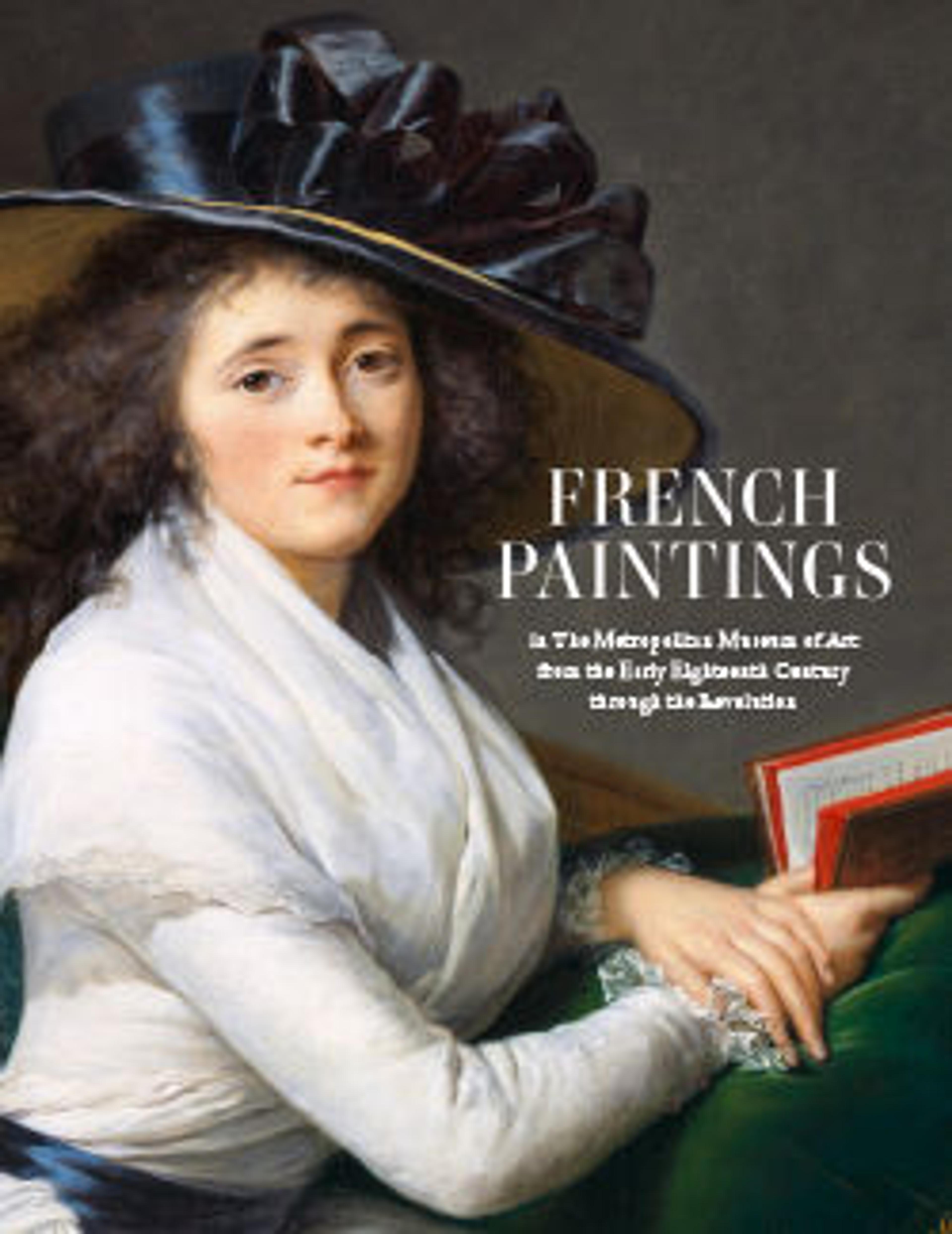Roman Interior
Fragonard probably painted this scene toward the end of his first trip to Italy. His loose technique falls between the usual stages of preparatory sketch and finished work that was increasingly appreciated by eighteenth-century artists and collectors—though its condition has also suffered. Like Hubert Robert, Fragonard was fascinated by how Romans occupied the remains of the city’s unrestored ancient ruins. Here, a bustling laundry has been improvised amid enormous antique columns and a sacrificial altar. Both artists romanticized such scenes in tandem with the rising aesthetic appreciation of decay and the picturesque, an important thread in the popularization of antiquarian culture.
Artwork Details
- Title:Roman Interior
- Artist:Jean Honoré Fragonard (French, Grasse 1732–1806 Paris)
- Date:ca. 1760
- Medium:Oil on canvas
- Dimensions:19 1/4 x 23 3/8 in. (48.9 x 59.4 cm)
- Classification:Paintings
- Credit Line:Harris Brisbane Dick Fund, 1946
- Object Number:46.30
- Curatorial Department: European Paintings
More Artwork
Research Resources
The Met provides unparalleled resources for research and welcomes an international community of students and scholars. The Met's Open Access API is where creators and researchers can connect to the The Met collection. Open Access data and public domain images are available for unrestricted commercial and noncommercial use without permission or fee.
To request images under copyright and other restrictions, please use this Image Request form.
Feedback
We continue to research and examine historical and cultural context for objects in The Met collection. If you have comments or questions about this object record, please contact us using the form below. The Museum looks forward to receiving your comments.
